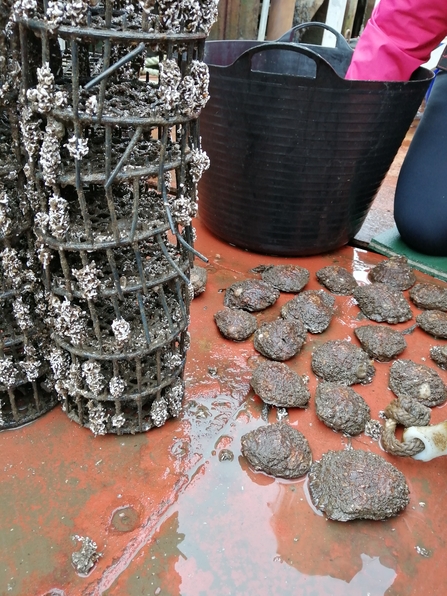Is it someone dressed in lycra flying through the air?
For me, an ocean conservationist and ocean lover, my mind thinks of the oyster!
Now I know what you’re thinking, oysters? Superheroes? Surely you can’t be serious!?
Oysters are actually marvels of the sea that provide great benefit. For example: just like the mighty whale, oysters are filter feeders, this means they suck in a whole load of water, keep all of the little bits of algae and plankton that they want and need and then expel the rest.
This filtering massively improves water quality. A single oyster can filter up to 240 litres every day. Without the oysters, things like algae would build up, not only making the water murky for us but also blocking out any essential sunlight for underwater plants and creatures. When they are left undisturbed, oysters will form complex reef structures, these reefs then provide habitat and refuge for a whole load of species, including different crab species, juvenile fish, shrimp and so many more.


